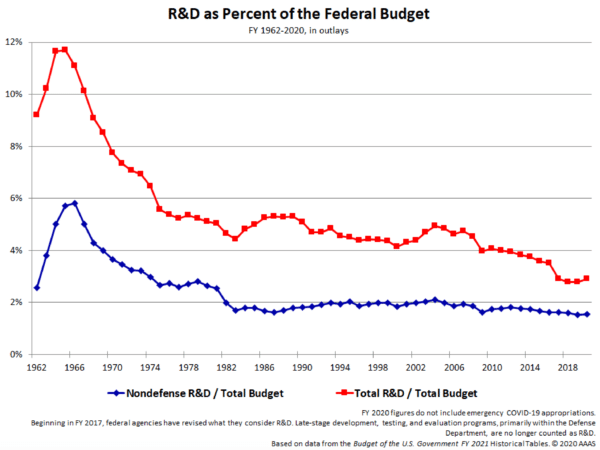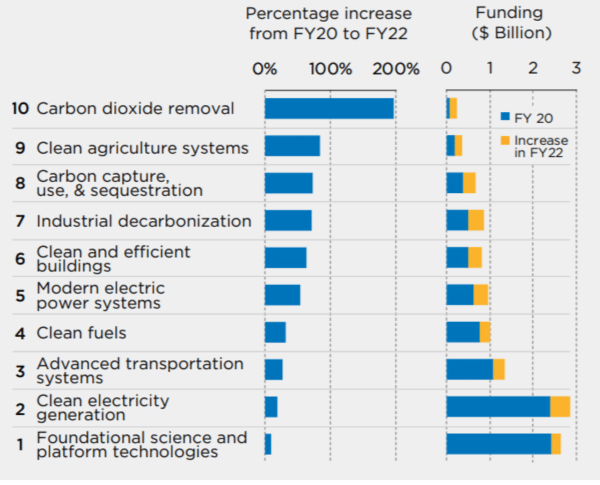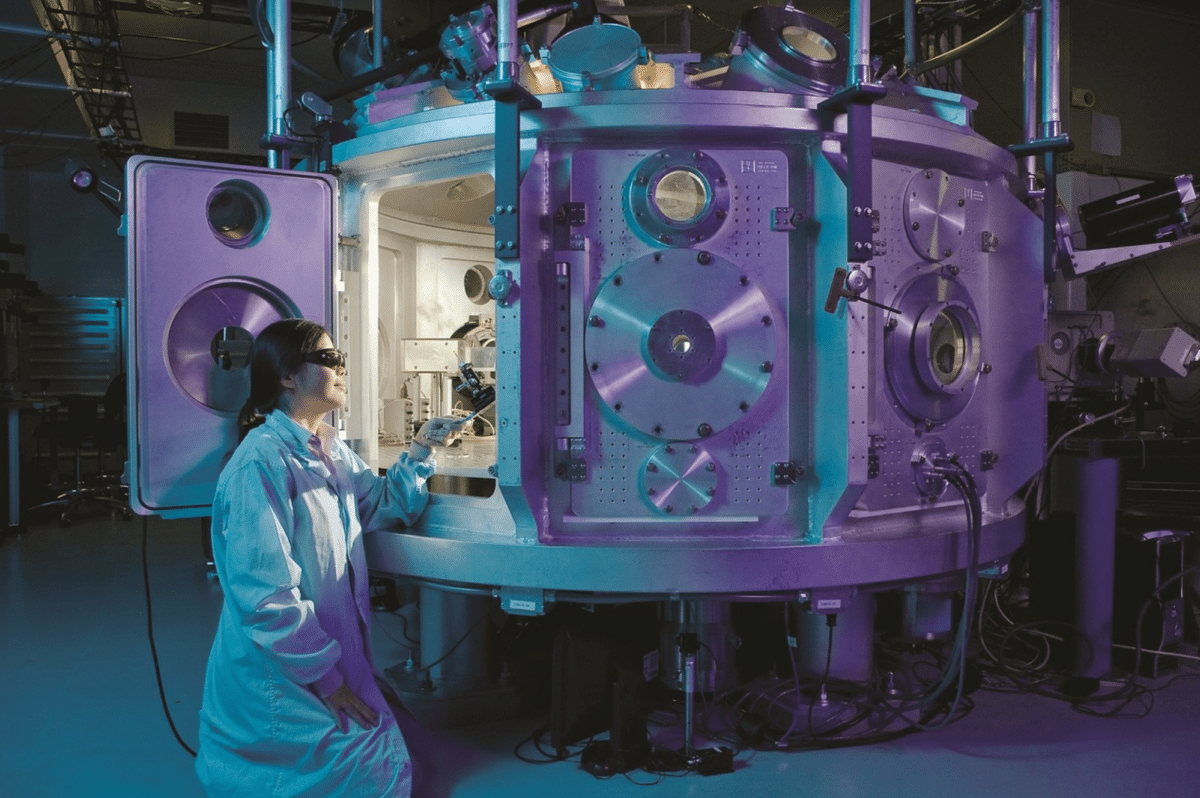With the election weeks away — and the impacts of climate change driving catastrophic wildfires and flooding across the country — two new reports are calling for major increases in federal spending on research and development (R&D) to supercharge U.S. energy innovation.
Energizing America, from the Columbia University Center on Global Energy Policy, lays out a road map for a “National Energy Innovation Mission” that would see federal R&D dollars for energy rise from a current level of $9 billion a year to $25 billion a year by 2025. “The federal government should elevate energy innovation as a core national priority and fund it accordingly,” the report says.
The study from Bill Gates’ Breakthrough Energy Ventures takes a broader look at the impacts of federal R&D spending on the U.S. economy, with a focus on jobs, income and patents generated not only in energy, but also defense and health care. Its more modest call to action is for federal R&D spending across the board to rise from its current level of .6% of GDP to 1% of GDP by 2030.
The fact that the U.S. government underspends on R&D is well documented. The overall numbers are still impressive — $127.2 billion in 2018, according to the Congressional Research Service — but non-defense R&D spending as a percentage of the total federal budget has fallen, from almost 6% in the 1960s to well under 2% today.

More to the point, while neither report directly refers to the election, a change of administration is a clear subtext and precondition for the kind of increased spending both envision. For example, the Energizing America report includes a proposed executive policy directive creating a White House task force on energy innovation, along with plans for a 30% increase in energy R&D funding overall in the 2022 federal budget.

As set out in the report, the allocation of such increases would vary across departments and technologies. R&D for solar would get a 20%, bump from $280 million in 2020 to $303 million in 2022. The Office of Electricity, which focuses on transmission infrastructure, would score a 174% increase from $190 million to $520 million.
The crowd-in effect
Compiled by accounting firm PwC, the Breakthrough report frames its number-heavy arguments for increased R&D spending as a cost-effective spur for post-Covid-19 economic recovery. According to the report, federally funded R&D jobs provided an average compensation of about $114,000 in 2018 – 83% higher than the overall average of about $62,000. Increasing R&D funding to 1% of GDP “would directly and indirectly support 2.7 million annual jobs on average over the period 2021 to 2030,” the report says.
The analysis is light on tracking the economic impacts of federal spending on energy R&D, noting only that, dollar for dollar, energy efficiency R&D returned four times the amount invested versus fossil fuel R&D, where benefits only equalled investment. The report also highlights Department of Energy (DOE) funding for the development of lithium-ion batteries by 2019 Nobel Prize winners John B. Goodenough and M. Stanley Whittingham, along with the $376 million the DOE put into early work on electric vehicle batteries.
At the same time, and again with the election looming, both reports are strategic in keeping fossil fuels in the energy R&D mix. The DOE gets props in the Breakthrough report for supporting the development of hydraulic fracturing — fracking — and other advanced drilling technologies that have helped grow the natural gas and oil industries in the U.S. Energizing America gives R&D for carbon capture a major boost, from $115 million this year to $300 million in 2022, while also providing $75 million in seed money for a new office of negative emissions technologies.
Regardless of who wins the election, energy R&D will undoubtedly grow in the coming decades, although it could be increasingly market-driven. The Sept. 19 issue of The Economist carries a cover story on the need to accelerate the global transition to clean energy, with a strong focus on the risks of climate change to companies’ supply chains and bottom lines.
“Rather than crowding out private investment, studies have found that federal R&D has a crowd-in effect,” according to the Breakthrough report, with clean energy startups particularly benefiting from early federal dollars.
This content is protected by copyright and may not be reused. If you want to cooperate with us and would like to reuse some of our content, please contact: editors@pv-magazine.com.








By submitting this form you agree to pv magazine using your data for the purposes of publishing your comment.
Your personal data will only be disclosed or otherwise transmitted to third parties for the purposes of spam filtering or if this is necessary for technical maintenance of the website. Any other transfer to third parties will not take place unless this is justified on the basis of applicable data protection regulations or if pv magazine is legally obliged to do so.
You may revoke this consent at any time with effect for the future, in which case your personal data will be deleted immediately. Otherwise, your data will be deleted if pv magazine has processed your request or the purpose of data storage is fulfilled.
Further information on data privacy can be found in our Data Protection Policy.